Somnath – the shrine eternal
Posted on September 10, 2019 by Ghoomophiro

“The Somnath temple signifies that the power of reconstruction is always greater than the power of destruction.”
– Rajendra Prasad, the first president of India
Somnath temple is one of the most influential historical landmarks of India. Destroyed at least 17 times by Muslim and Portuguese invaders, the temple rises again from its ruins like the mythological phoenix who rises out of its ashes. This magical power, which has won it the title of the ‘shrine eternal’, arises out of love it holds among Hindu devotees for whom it is of great spiritual importance and a destination of pilgrimage being the very first of twelve jyotirlingas.
And it is this love which makes it such an amazing tourist attraction. We bring you here all you need to know to plan your trip to Somnath temple.
When to visit Somnath Temple?
The weather from October to March remains pleasant and is considered as the best time to visit Somnath. Summers may be too hot.
If you are interested in temples for devotional reasons, you must consider visiting it during Shivratri when spacial celebrations are held in the temple and a visit on those nights is considered especially auspicious. On the other, those interested in temples for purely aesthetic reasons might want to avoid crowds on those days.
The Darshana can be made at any time all days of the week or year between 6 a.m. and 9: 30 p.m. but the Artis are held thrice a day at 7 a.m., 12 noon and 7 p.m.
How to reach Somnath Temple?
The beautiful Somnath temple is located in a small town named Prabhas Patan near Veraval in the Saurashtra region on the western coast of Gujarat. Its location is such that, according to an inscription in Sanskrit is found on the Bāṇastambha (literally Arrow Pillar) found within the temple, there is no land to North of it – that is to say, starting from the North Pole, it is the first point of the landmass on that particular longitude.
Keshod is the nearest airport to Veral located at a distance of 125 kilometers. The nearest railway station is located at a distance of only 5 kilometers. Direct trains to Veral also leave from Mumbai and Pune. An attractive option for those coming from North Indians could be to add a trip to Rajkot to the bargain as they can easily get a cab from there for the nearly 200 kilometers long road trip.
Locally, Gujrat enjoys powerful road connectivity through both public and private transportation.
What to buy at Somnath?
You can buy inexpensive handicrafts from the vendors outside the Somnath complex.
What to eat at Somnath?
Besides prasad, you can have coconuts, peanuts and other eatables from the vendors outside the complex.
Where to stay?
Being a popular tourist destination, Somnath offers plenty of accommodation options for travelers with kind of budgets. We recommend staying in lodging near to Temple to have the option of reaching the temple in time for aarti conveniently if you desire to.
History of Somnath
The site of Somnath has been a Hindu pilgrimage site from ancient times because of its being a Triveni Sangam (the place of confluence of three rivers: Kapila, Hiran, and Sarasvati).
The word ‘Somnath’ (or the alternative title ‘Somkareshwar’) means the ‘The Lord of Soma’ which is an epithet of Lord Shiva – Soma means ‘Moon’ . Soma or the Moon-god, according to the legend, had lost his luster due to a curse for having preferred one of his wives over others. Soma did penance at this place which won him the mercy of Lord Shiva. Upon the suggestion of Lord Shiva, he bathed in the Sarasvati River at this site to regain it. He thus created the temple in gold as a gesture of gratitude (According to legend, he built the temple in gold, while it was later constructed in silver by Ravan, in wood by Krishna and King Bhimdev built the temple in stone.) The myth tries to explain the waxing and waning of the tides at this seashore location. The name of the town of its location Prabhas itself means luster.
The temple also owes it’s reputation to its being home to one of the twelve jyotirlingas – the places where Shiva is believed to have appeared as a fiery column of light. These jyotirlingas are taken as the supreme, ultimate and the undivided reality out of which Shiva partly appears. Each of these 12 jyotirlinga sites takes the name of a different manifestation of Shiva.
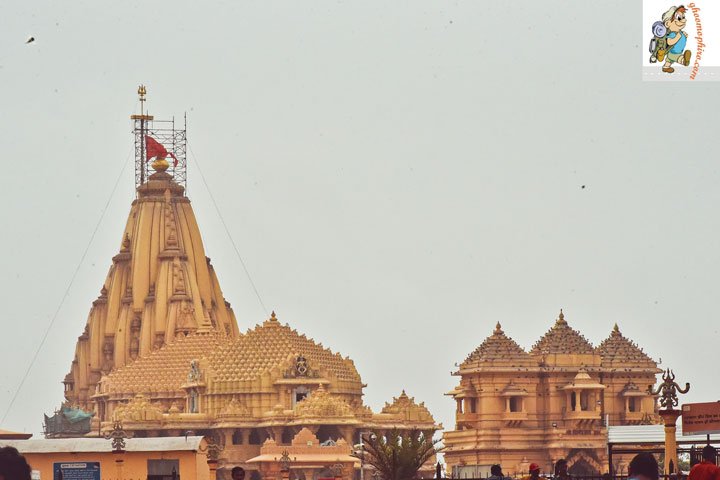
In addition to the one at Somnath, the other Jyotirlingas are at : Mallikarjuna in Srisailam, Andhra Pradesh, Mahakaleswar in Ujjain, Madhya Pradesh, Omkareshwar in Khandwa, Madhya Pradesh, Kedarnath in Rudraprayag, Uttarakhand, Bhimashankar in Maharashtra, Vishwanath in Varanasi, Uttar Pradesh, Trimbakeshwar in Nashik, Maharashtra, Baidyanath in Deoghar, Jharkhand, Nageshvara in Dwarka, Gujarat, Ramanathaswamy in Rameshwaram, Tamil Nadu and Grishneshwar in Ellora, Maharashtra.
There is no historical evidence to show when was the first temple built here but the second temple “Yadava kings” of Vallabhi around 649 CE. Ever since the temple was destroyed by Arab and Portuguese invaders again and again only to be reconstructed by Hindu Kings each time. The invasion by Mahmud was probably the most violent and probably most unpopular. The last time it was destroyed by Aurangzeb, ever since some restoration was done by Marathas and later British who had a particular interest in its treasures. The titular stone from English classic novel ‘The Moonstone’ by Wilkie Collins was supposed to be stolen from Somnath temple.
The present temple was reconstructed in Chaulukya style of Hindu temple architecture by Government of India and was completed in May 1951. This reconstruction was started under the orders of first Home Minister of Independent India Sardar Vallabhbhai Patel, the Iron Man of India, and was completed after his death.
A visit to the temple
The town doesn’t create a very good impression being full of dusty and crowded roads but the temple is all majesty from its very first sight. Designed in Chaulkya Hindu Temple architectural system; the seven-story structure stands 155 feet tall. It is topped bg a Kalash that together with the temple weighs 10 tonnes and above that stands a 37 feet long flag mast with a saffron-colored flag on it.
You are greeted by impressive carvings on the walls of the temple which shows Hindu sculpture genius. One also noticed how the temple is so far cleaner than the town outside and what tranquil peace one enjoys as one hears the sound of Arabian Sea beating on shores of India. You can have panoramic views of Arabian seas from within this Seaside temple.
The jyotirlinga itself is, of course, the biggest attraction of the temple. The sigh of it afloat on waters is astonishing. Though we don’t have the first clue who built it, though it was Rajendra Prasad, the first president of India, who last established it here in 1951. And it is a work of metallurgical genius – being made of such material that it remains afloat over water and without losing its auspicious beauty.

Rules and tips
Unlike some other temples, there is no VIP line here, and everyone has to go through the same line. Also, please note that Cell phones, cameras, and electronic gadgets are not allowed inside the temple.
Other attractions of the town
Baldev Gufa
Situated 4 KM away from the Somnath temple, Bladev Gufa is one of the important sightseeing attractions that enjoy government patronage as well. According to a legend Baldev (also known as Balarama), Lord Krishna’s elder brother disappeared through this cave into the netherworld and returned to his original form of Sheshnag (the king of snakes).
Patan Museum
Somnath Prabhas Patan Museum is a local museum which is home to several artifacts from ancient India including amazing pillars, stone apsaras, statues of Lord Agni, Uma Maheshwara, Lord Vishnu, Parwati and Natra Bhairava. There is also in it a very unique section where the waters of many revered rivers like the Nile, St Lawrence, Danube, Tigris, Murray, etc are kept.
Triveni Sangam
Triveni Sangam is the point of confluence of three sacred rivers – Hiran, Kapila and Saraswati and is at the very same sight where they also meet the Arabian Sea. The Laxminarayan and Gita Temple are located on the shores of this Triveni Sangam. It is also believed that Triveni Sangham was cementing the place of Lord Krishna.
Shashi Bhushan Temple
Constructed by an ancient priest of Somnath temple, Shri Bhav Brihaspati, Shahsibhushan Temple is one of few temples in India dedicated to Moon God Soma (Shashibhushana is an epithet of Moon God and means ‘the ornament of the night’).
Besides visiting above mentioned places, pilgrims can also enjoy camel ride and photography at the seashore of Somnath Temple.
Places of interest near Somnath Temple
Bhalka Tirtha
According to Mahabharta, shortly after the death of his elder brother (Balarama), Lord Krishna went into mourning and retired into the forest. While he was sitting under a tree, a hunter named Jara who was passing by mistook his partly visible foot as a deer. He shot an arrow which mortally wounded Lord Krishna. This legendary tree still passes through the roof of Bhalka Teerth.
Gir National Park
located at a distance of mere 70 kilometers, Gir National Park offers an amazing adventure to couple with the pilgrimage to Somnath temple. It offers an amazing opportunity to see regal lions among several other exotic animals.
You can also climb the 10000 steps to Girnir hill to have access to a panoramic view of Gir forests and visit the spirituality important temples there.
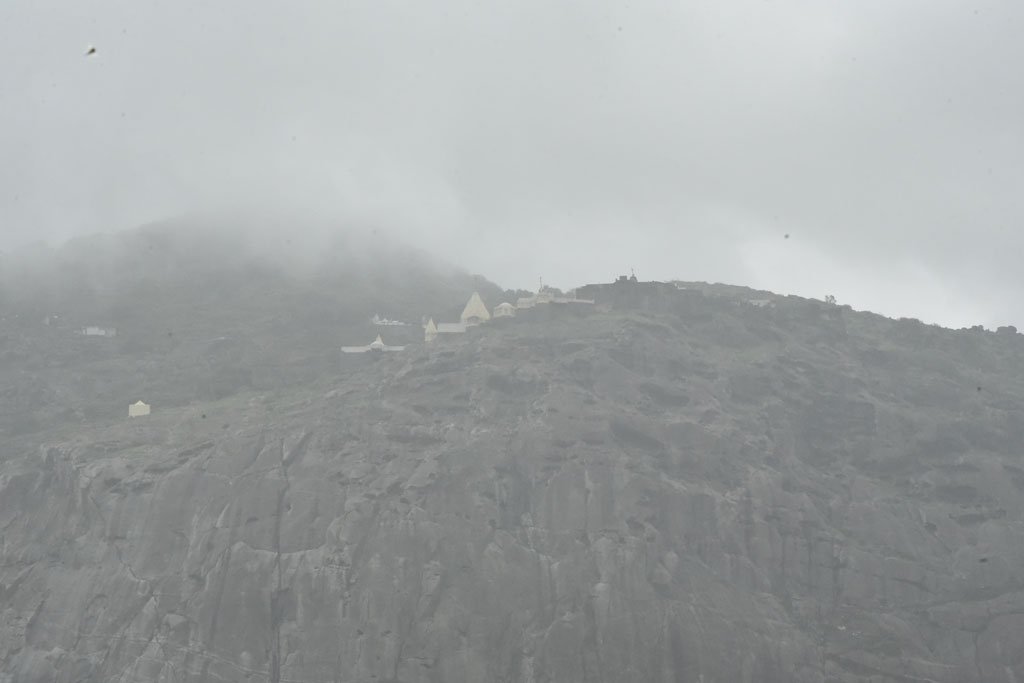
Diu
Located at a distance of mere two and a half kilometers, the union territory of Diu is full of incredibly beautiful seashores and has that same bit of laid back lifestyle which we are used to expecting from Goa. It is a bit of alcoholic heaven for Gujrati people living in a dry state. All the sights of the island worth seeing can be easily seen in a single day.
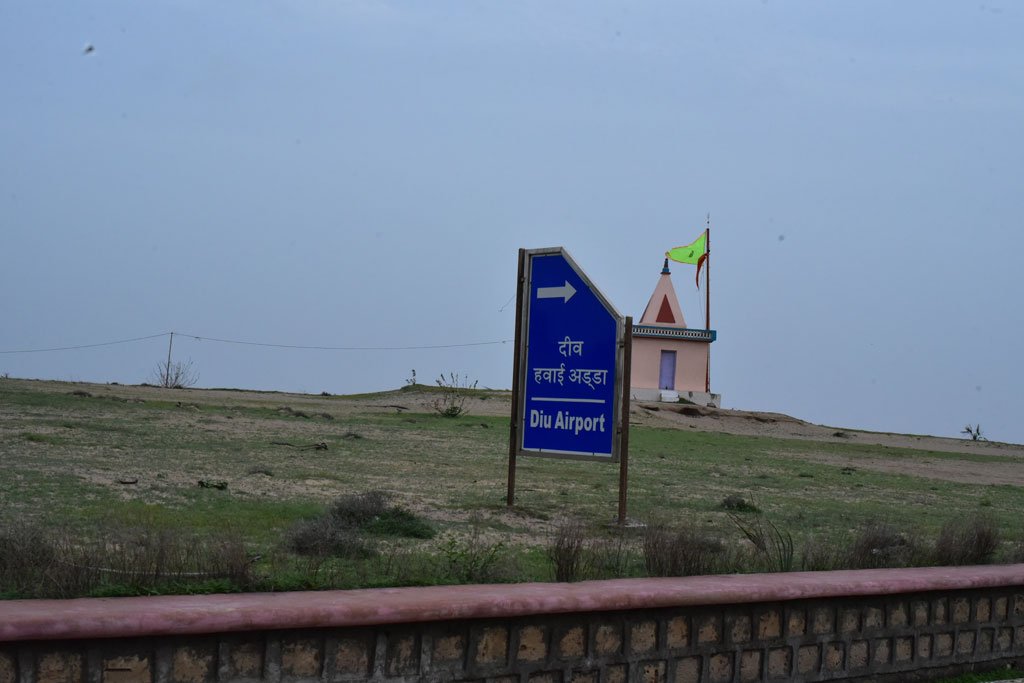
Dwarka
Though it is located at a distance of 236 kilometers, a trip to Dwarka is often coupled with that to Somnath. Once Lord Krishna’s kingdom, it offers sights of stunning natural beauty. The main temple is Dwarkadish temple (Lord of Dwarka) dedicated to Lord Krishna.
While here, visit Okha lighthouse to have a panoramic view of Arabian seas and from here take a ferry to Bet Dwarka, a small island. During your journey fluttering, seagulls will accompany you and you can also feed them.
Rajkot
The historical city of Rajkot is 200 kilometers from Somnath temple. It has several attractive places including libraries, gardens, historical landmarks, museums, etc and might be a welcome detour for those coming from or leaving Somnath temple in that direction.
Conclusion
A visit to Somnath temple is full of several other attractive opportunities. Does the trip attract you? Do write to us in comments below. 🙂
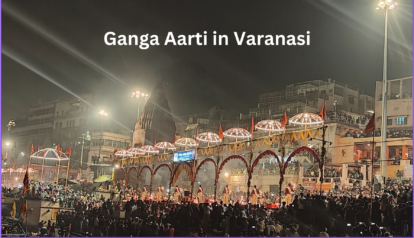

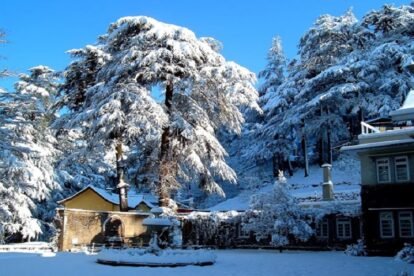



Great post!
Thanks for sharing..
Shree Somnath Trust welcomes you to the holy place of the Aadi Jyotirling Shree Somnath Mahadev and the sacred soil from where Bhagvan Shri Krishna took his last journey to his neejdham.